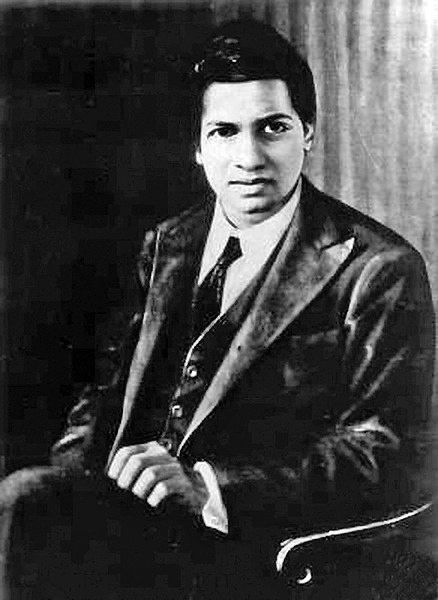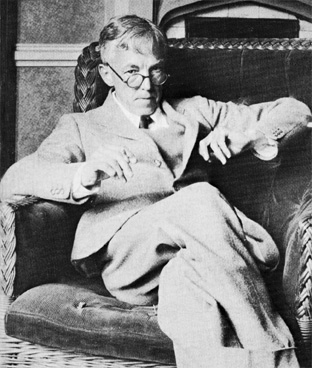Srinivasa Ramanujan Aiyangar (22 December 1887 – 26 April 1920) is a 20th century mathematician who lived during the British Raj. Today, we are going to talk about 3 numbers related to Ramanujan: 1729, 3, and -1/12.

Let us start the blog with 1729. Ramanujan’s professor Godfrey Harold Hardy came to visit him in hospital in 1919. In Hardy’s own words,
I remember once going to see him when he was ill at Putney. I had ridden in taxi cab number 1729 and remarked that the number seemed to me rather a dull one, and that I hoped it was not an unfavorable omen. “No”, he replied, “it is a very interesting number; it is the smallest number1 expressible as the sum of two cubes in two different ways.
– G. H. Hardy

$$9^3+10^3=729+1000=1729$$
$$12^3+1^3=1728+1=1729$$
Now let us talk about 3. Ramanujan “conjectured” that $$\sqrt{1+2\sqrt{1+3\sqrt{1+4\sqrt{1+5\cdots}}}}=3$$ But, you can do the same to any number. But 3 is the only number which where the numbers after each steps of this infinite “nested radical” are integers. Here are the steps I am talking about.

And so on.
Now finally, -1/12! Ramanujan again “conjectured” that $$\sum_{k=1}^{\infty} k=1+2+3+4+5+6+\cdots=-\dfrac{1}{12}$$ There is a “proof” of this “conjecture” that also “finds” the value of two other sums: 1-1+1-1+1-1+1-1+1-1… and 1-2+3-4+5-6+7-8+9-10…
Let us start with 1-1+1-1+1-1+1-1+1-1… If you stop computation before the plus sign, e.g. 1-1+1-1, then your answer will be 0. If you stop computation before the minus sign, e.g. 1-1+1-1+1, then your answer will be 1. So the proof says you have to take the average, which results in 1/2. 1-1+1-1+1-1+1-1+1-1… = 1/2.
Now 1-2+3-4+5-6+7-8+9-10… You have to do something like this:
\( S_1=1-2+3-4+5-6+7-8+9-10\cdots\)
\( S_1=0+1-2+3-4+5-6+7-8+9-10\cdots\)
Adding up!
\(2S_1=1-1+1-1+1-1+1-1+1-1+1-1\)
Since we found the 1-1+1-1+1 sum is 1/2, \(2S_1=\dfrac{1}{2}\). Dividing both sides by 2, we get \(S_1=\dfrac{1}{4}\).
Now the final: 1+2+3+4…!
\(S=1+2+3+4+5+6+7+8+9+10\cdots\)
\(S_1=1-2+3-4+5-6+7-8+9-10\cdots\)
\(S-S_1=4+8+12+16+20+24+28+32+36+40\cdots\)
\(S-S_1=4(1+2+3+4+5+6+7+8+9+10\cdots)\)
\(S-S_1=4S\)
\(S-\dfrac{1}{4}=4S\)
\(S+(-\dfrac{1}{4})=4S\)
\(S+x=4S\), where \(x=-\dfrac{1}{4}\)
\(x+S=4S\)
Subtracting S from both sides, \(x=4S-S\)
\(x=3S\)
Substituting 1/4 for x, \(-\dfrac{1}{4}=3S\)
\(3S=-\dfrac{1}{4}\)
Dividing both sides by 3, \(S={-\dfrac{1}{4}}{\dfrac{1}{3}}=-\dfrac{1}{12}\)
Substituting S for 1+2+3+4+5+6+7+8+9+10…, $$1+2+3+4+5+6+7+8+9+10\cdots=-\dfrac{1}{12}$$ Yay!!!!!!!
That is the end of this blog post! If you would like, you can revisit my first ever blog post on this blog titled “How good is Pythagoras theorem?” Here is the link:
One Reply to “Srinivasa Ramanujan, taxicabs, and nested radicals”